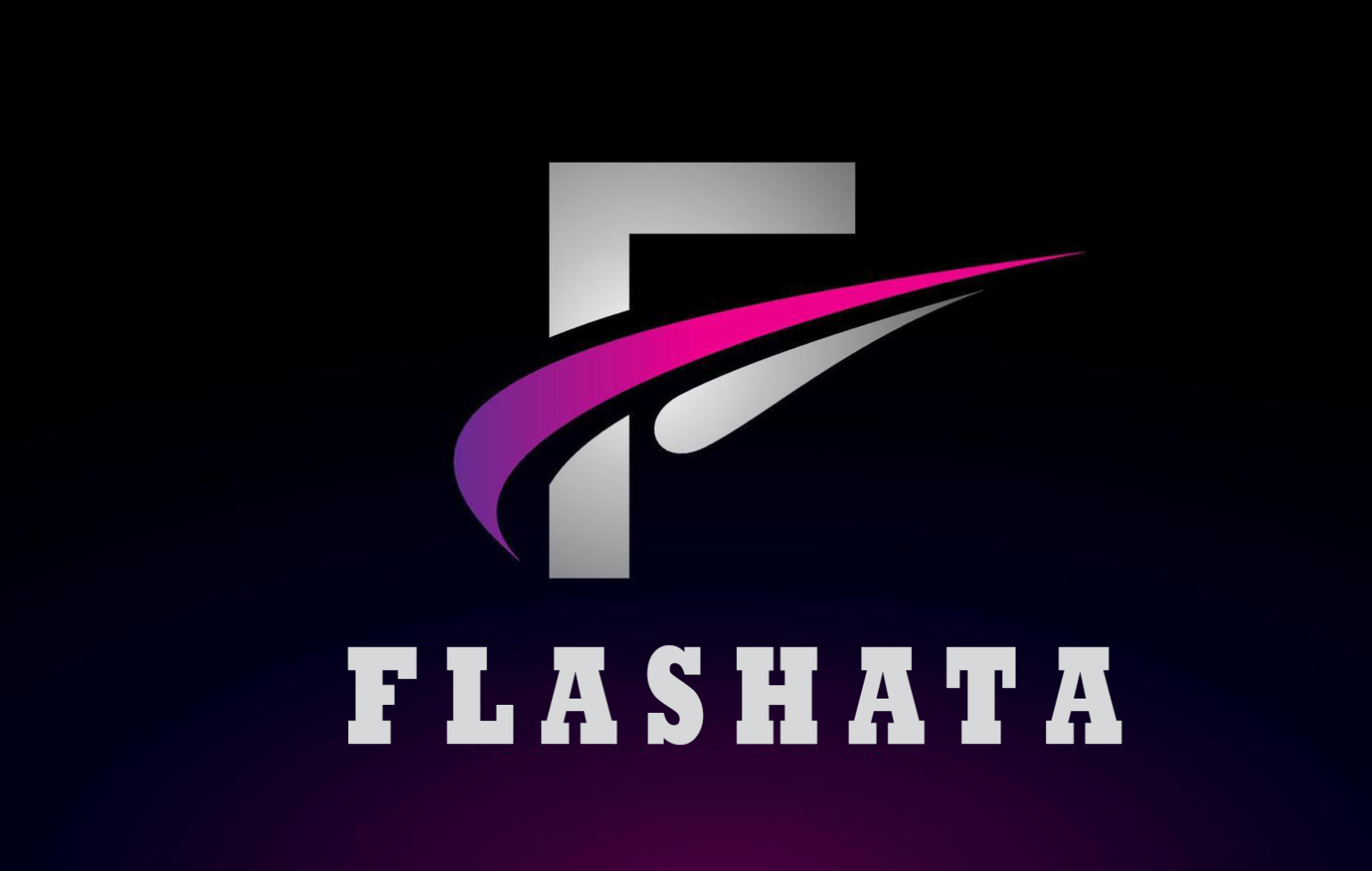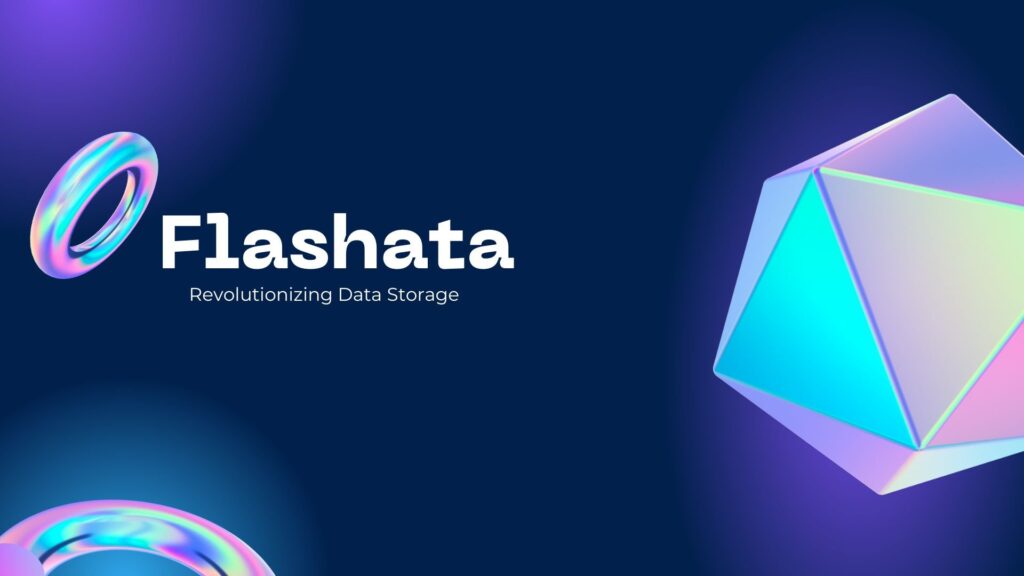
Top 5 Features of Flashata That Every Business Should Leverage in 2024
Introduction to Flashata
Flash data has revolutionized the world of data storage and technology. But what exactly is Flash data, and why is it so crucial in today’s tech landscape? In simple terms, refers to a form of flash memory technology that is pivotal for modern electronics, offering high-speed data access and reliable storage solutions.
History of Flashata
Origins and Development
Flashata’s journey began with the invention of flash memory in the 1980s by Dr. Fujio Masuoka while working for Toshiba. The primary goal was to create a non-volatile memory solution that retained data without power, leading to the development of NAND flash technology.
Key Milestones
Over the decades has seen significant advancements:
- 1984: Inception of flash memory.
- 2000s: Introduction of multi-level cells (MLC) and triple-level cells (TLC) to enhance storage capacity.
- 2010s: The rise of solid-state drives (SSDs) incorporating technology for faster data access and improved performance.
How Flashata Works
Basic Principles
Flash data operates on the principles of NAND and NOR flash memory. It stores data in an array of memory cells that use floating-gate transistors. The process involves writing (programming), erasing, and reading data at high speeds.
Technical Specifications
technology boasts impressive technical specs, including:
- Read/Write Speed: Up to several gigabytes per second.
- Capacity: Ranges from gigabytes to terabytes.
- Durability: High resistance to physical shocks and wear.
Applications of Flashata

Consumer Electronics
Flashata is ubiquitous in consumer electronics like smartphones, tablets, and digital cameras. Its compact size and fast performance make it ideal for portable devices.
Data Storage Solutions
From USB drives to SSDs form the backbone of modern data storage solutions, offering significant improvements over traditional hard drives.
Enterprise Uses
In enterprise environments is crucial for high-performance computing, data centers, and cloud storage solutions, providing rapid data access and reliability.
Advantages of Flashata
Speed and Performance
One of Flash data’s biggest advantages is its speed. Compared to traditional storage solutions offers lightning-fast read and write speeds, drastically reducing boot times and data transfer durations.
Reliability and Durability
Flash data is known for its robustness. Unlike traditional hard drives, it has no moving parts, making it less prone to mechanical failure and data loss from physical impacts.
Comparing Flashata with Other Technologies
Flashata vs. HDD
Hard Disk Drives (HDD) have been the standard for decades, but offers several benefits over HDDs:
- Speed: significantly outperforms HDDs in read/write operations.
- Durability: Flashata’s lack of moving parts means fewer failures.
- Noise: operates silently, unlike the whirring of HDDs.
Flashata vs. SSD
Solid State Drives (SSD) are a type of storage device that uses technology. The primary comparison here lies in different types of flash memory within SSDs, such as MLC, and TLC, and newer technologies like 3D NAND, which further enhance storage capacities and speeds.
Future of Flashata
Emerging Trends
The future of Flash data looks promising with several emerging trends:
- 3D NAND Technology: Stacking memory cells vertically to increase capacity without enlarging physical size.
- Increased Integration: More devices are integrated for better performance and efficiency.
Predictions and Projections
Experts predict that Flash data will continue to dominate the storage market, with advancements leading to even faster, more reliable, and higher-capacity solutions.
How to Choose the Right Flashata Product

Factors to Consider
When selecting a Flash data product, consider:
- Speed Requirements: Higher read/write speeds for performance-critical applications.
- Capacity Needs: Ensure the storage size meets your data requirements.
- Durability: Look for products with high endurance ratings for longevity.
Top Brands
Several brands stand out in the market:
- Samsung: Known for its high-performance SSDs.
- SanDisk: Offers a wide range of flash storage solutions.
- Kingston: Renowned for reliable and cost-effective products.
Maintaining and Caring for Flashata
Best Practices
To ensure your Flash data product lasts, follow these best practices:
- Regular Backups: Always keep backups of important data.
- Firmware Updates: Keep your device’s firmware updated to enhance performance and security.
Common Issues and Solutions
While Flash data is reliable, users might face issues like:
- Data Corruption: Use error-checking tools and regularly back up data.
- Wear and Tear: Monitor the health of your device using available software tools.
Environmental Impact of Flashata
Sustainability
Flashata has a lower environmental impact compared to traditional HDDs, primarily due to reduced power consumption and longer lifespan.
Recycling and Disposal
Proper disposal and recycling of products are crucial. Many manufacturers offer recycling programs to minimize their environmental footprint.
Case Studies and Success Stories
Notable Implementations
Many industries have successfully integrated technology. For instance, data centers worldwide have adopted SSDs powered by Flash data, leading to increased efficiency and performance.
Impact on Industries
The implementation of Flash data has revolutionized various sectors, including healthcare, finance, and entertainment, by providing rapid data access and reliable storage solutions.
Challenges and Limitations of Flashata

Potential Drawbacks
Despite its advantages, Flash data has some limitations:
- Cost: Higher initial cost compared to traditional storage.
- Lifespan: Limited write cycles, though this is improving with new technologies.
Overcoming Challenges
Advancements in technology and increased adoption are gradually addressing these challenges, making Flash data more accessible and durable.
Conclusion
Flashata has undeniably transformed the data storage landscape. Its speed, reliability, and versatility make it an invaluable technology across various applications. As we move forward, the continuous evolution of Flash data promises even greater advancements, further solidifying its place in modern technology.
FAQs After Conclusion
What makes Flashata unique?
Flashata’s unique combination of high speed, reliability, and compact size sets it apart from other storage technologies.
How does Flashata improve performance?
By offering faster read/write speeds and lower latency, Flash data enhances the overall performance of devices and systems.
Can Flashata be used on all devices?
While many devices support Flash data, it’s essential to check compatibility with specific devices before use.
What are the cost implications of adopting Flashata?
Although initially more expensive than traditional storage solutions offers long-term savings through improved performance and durability.
How can I upgrade my current system to Flashata?
Upgrading involves selecting a compatible product, installing it, and transferring data from your old storage solution to the new one.


